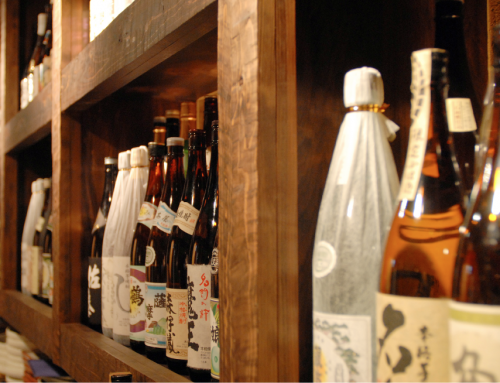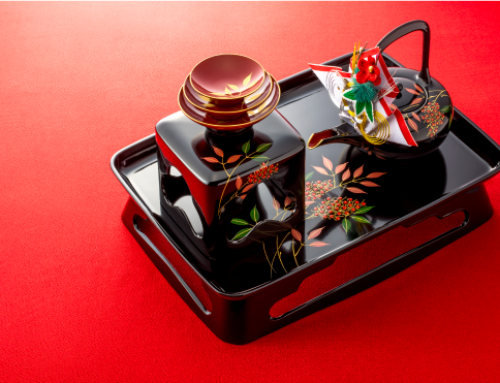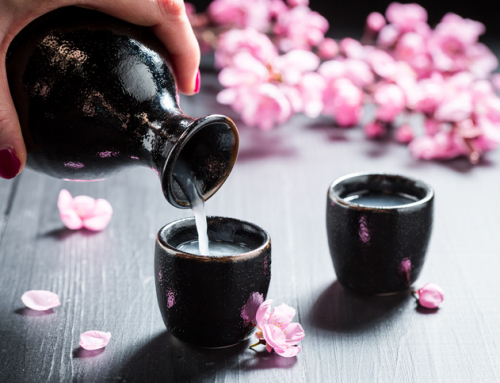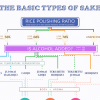You will be able to enjoy sake even more by knowing the terms of sake that you can see and hear at restaurants and liquor stores.
In this article, we will introduce the term “complexity” that is often used to describe sake.
What is “complexity” of sake?

Q. What do you think “complexity” refers to?
A.
When you look up the word “complexity” in a dictionary, the definition is “When circumstances and relationships of things are complicated. They are intricate and cannot be easily understood and explained.”
“Complexity” in the taste of sake means “there are many recognizable aromas and tastes, and multiple different elements can be felt at the same time.”
The word “complex taste” is used when you can perceive different scents and tastes in one sip, such as when “you can feel not only a gorgeous fragrance, but also a richness and bitterness” or “a sweetness as well as a sharp dryness”.
Q. Why do various scents and tastes emerge from sake, which is made from rice and water only?
A.
It’s influenced by how sake is made. For example, in the case of wine, the sugar contained in the raw ingredient, grapes, undergoes alcohol fermentation, so the elements of the raw ingredient affect the final product.
On the other hand, in sake, since malt turns rice starch into sugar, and simultaneously yeast changes that sugar into alcohol, the scent and taste are determined not only by the raw ingredient but also by the fermentation process.
Scent and taste factors
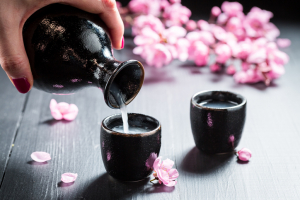
○ Scent factors
・ Rich scent
・ Refreshing scent
・ Rice scent
・ Fermentation scent, etc.
○ Taste factors
・ Sweetness
・ Sourness
・ Bitterness
・ Astringency
・ Umami
The more you can recognize these elements in one taste, the more complex the sake is.
Q. What is the order in which each element is recognized?
A.
- Scent element
- Sweetness / sourness
- Umami
- Bitterness / astringency
Were you able to answer the order correctly?
Conclusion

Sake with a complex flavor will be even more attractive when combined with food.
You can enjoy various elements because a lot of scents and tastes are included in just one mouthful.
Why don’t you try comparing sake such as by their compatibility with food, or at different temperatures?

